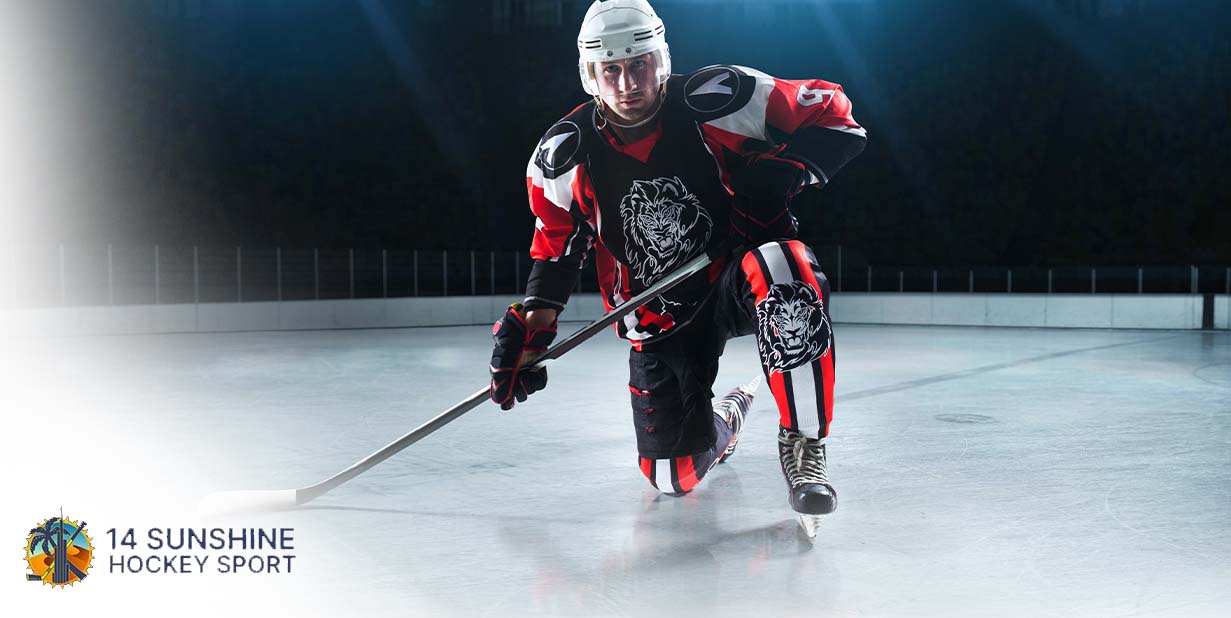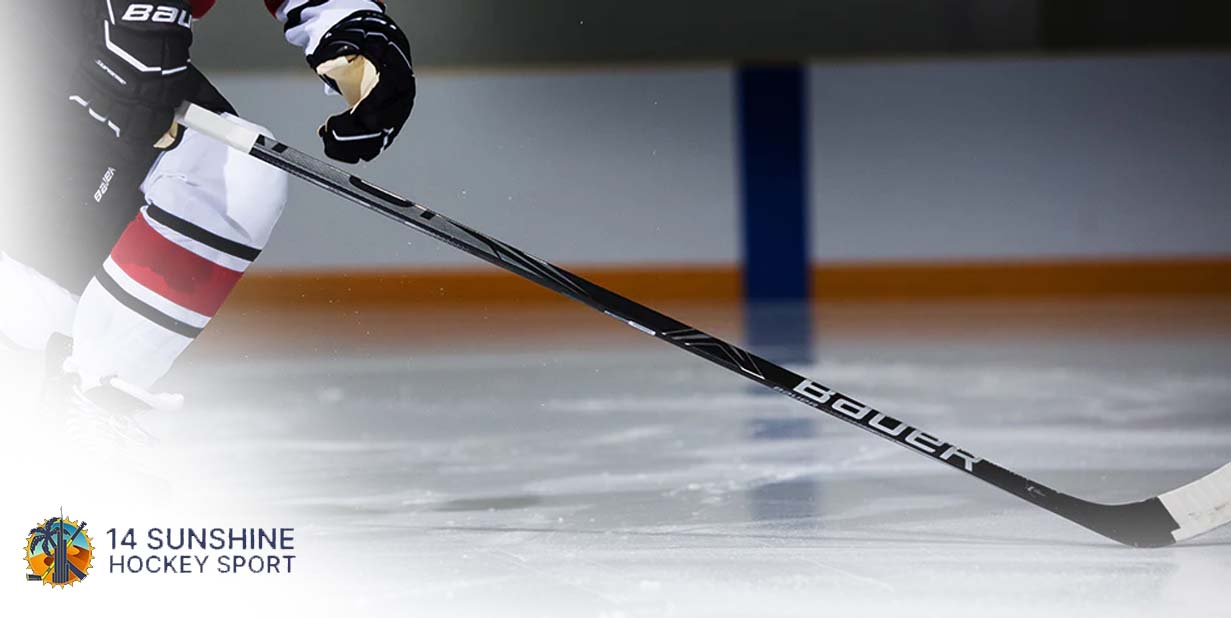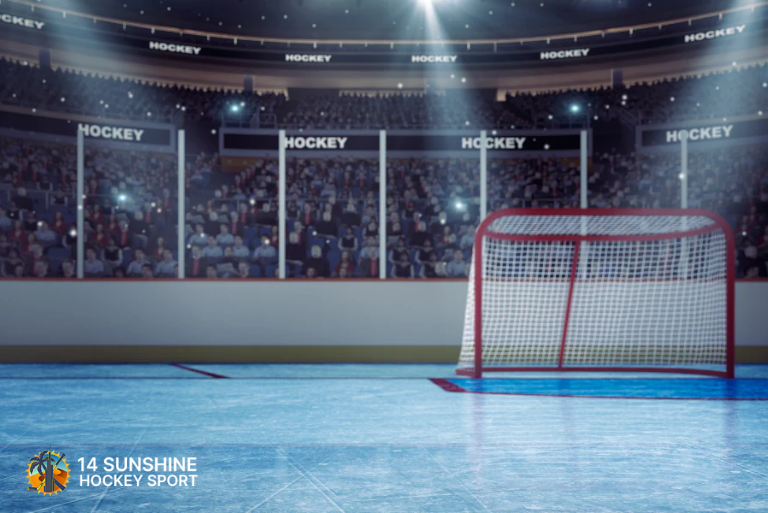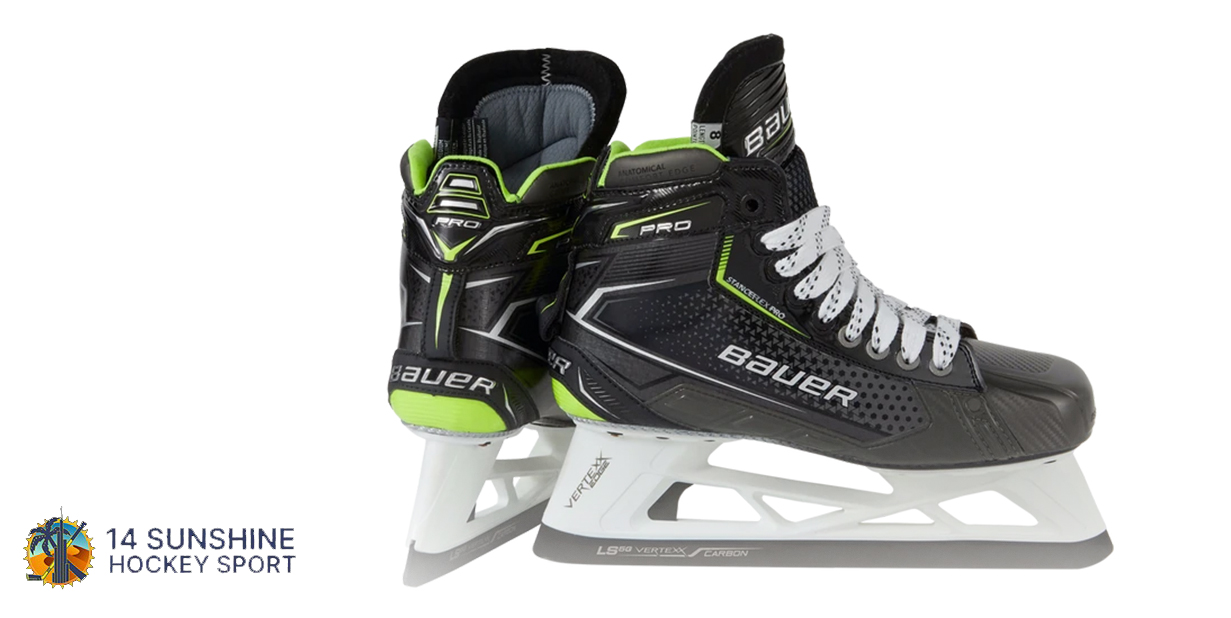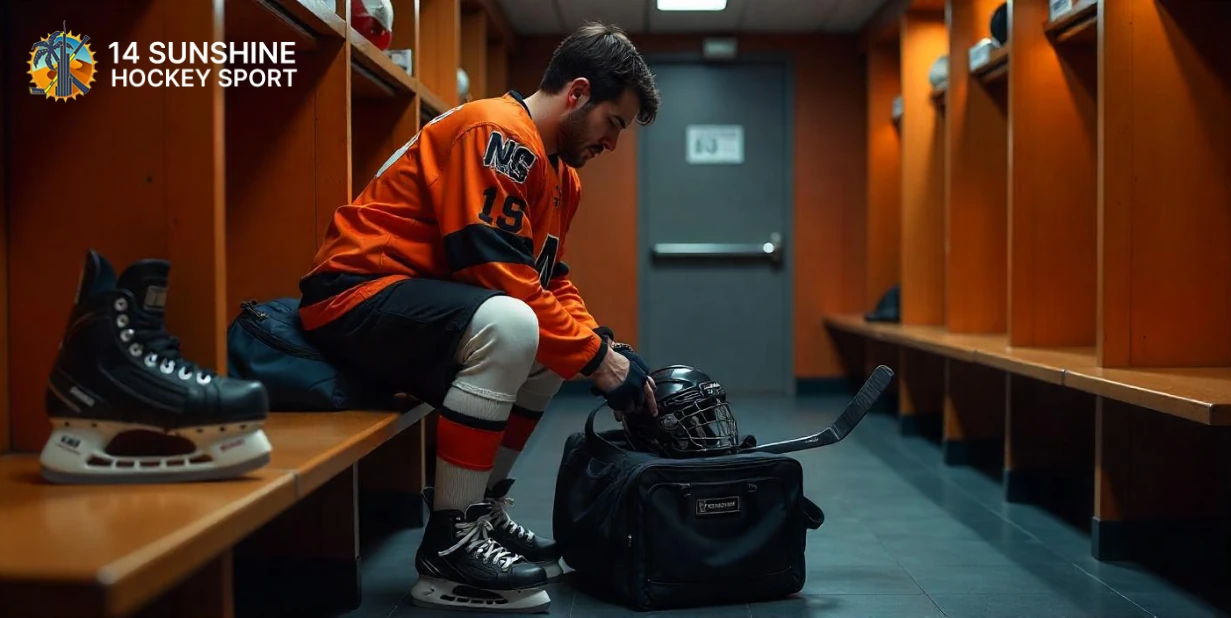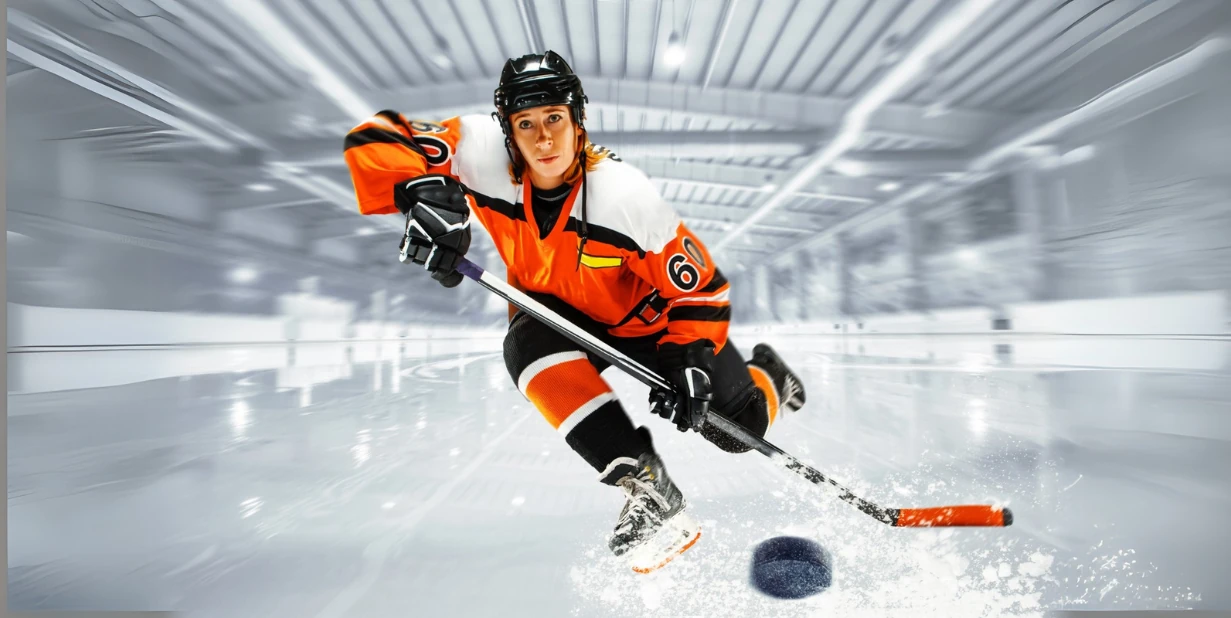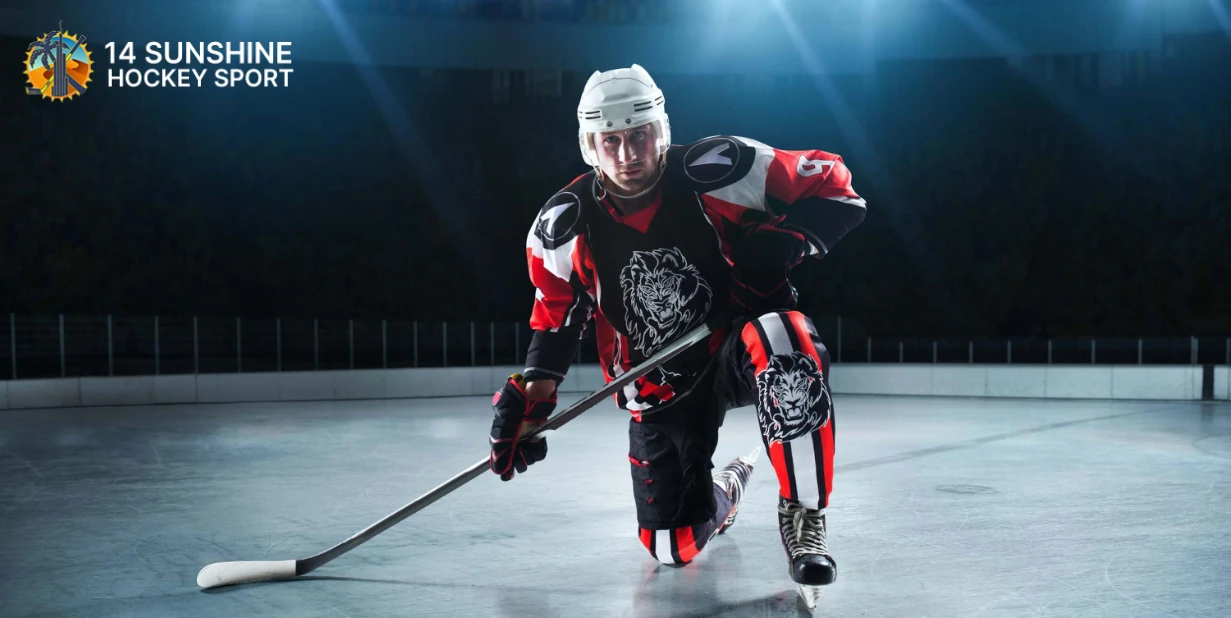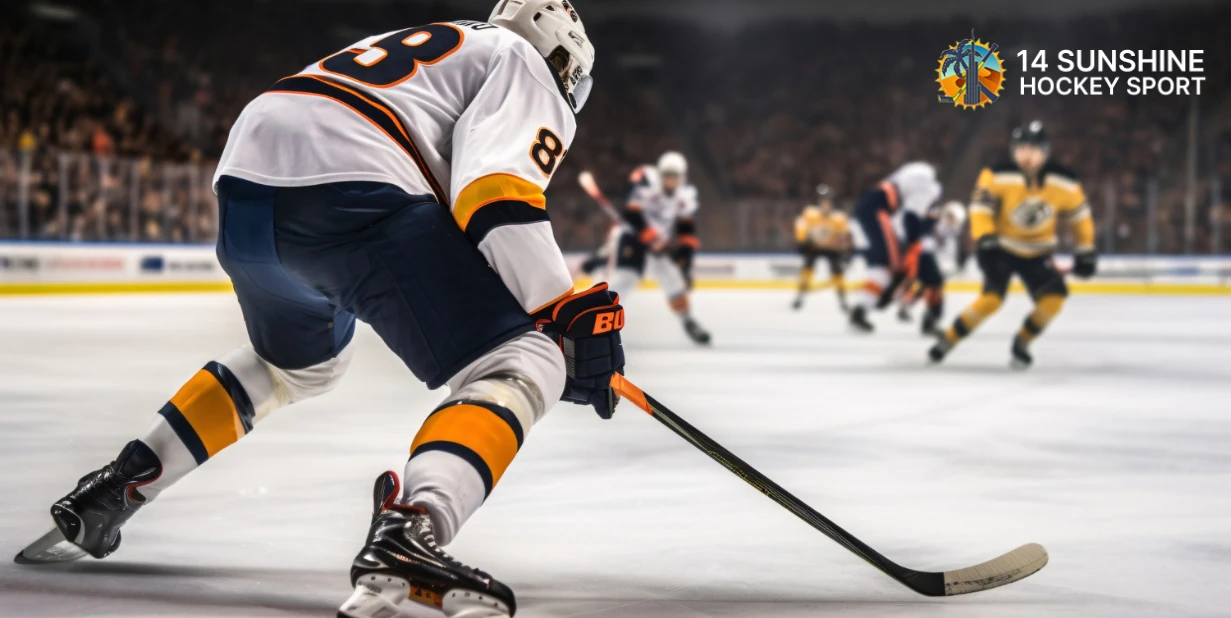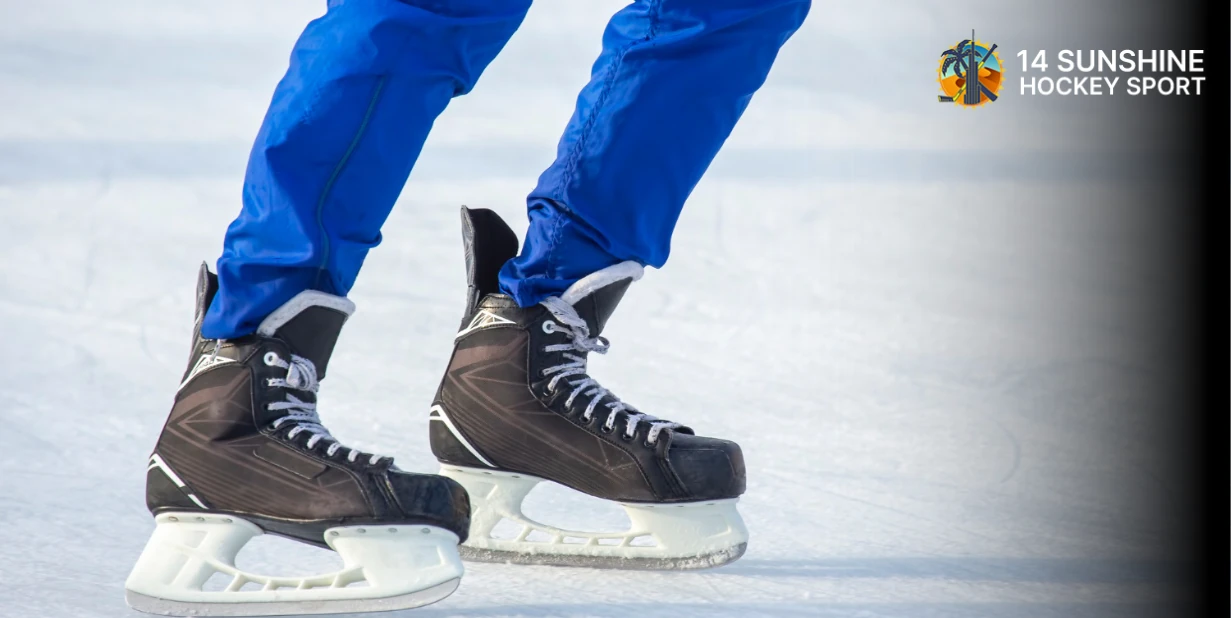Rules of Ice Hockey for Dummies: A Beginner’s Guide
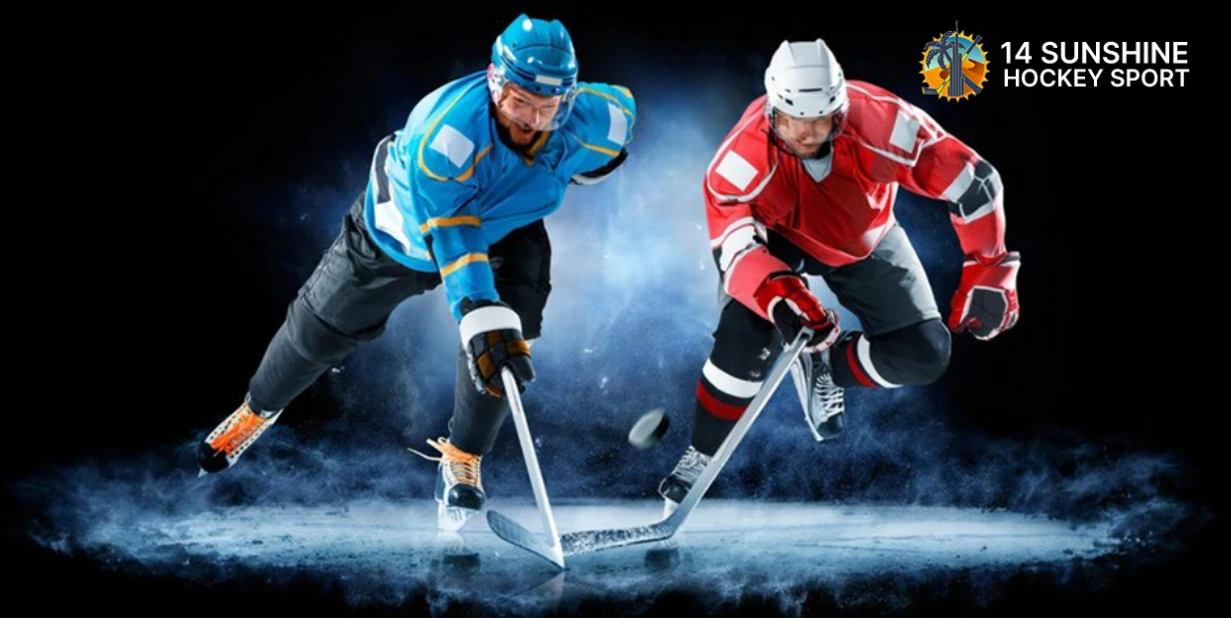
Ice hockey is an exhilarating sport, full of fast-paced action, thrilling goals, and physical contact. Whether you’re watching a game for the first time or just starting to play, understanding the basic rules of ice hockey is key to enjoying the sport. This beginner’s guide will break down the essential rules of ice hockey, helping you get a grip on the game. Let’s dive in!
1. The Ice Hockey Rink
The game takes place on a rink, which is divided into several key areas:
- The Center Ice: This is the middle of the rink, marked by the face-off circle.
- The Blue Lines: These lines divide the rink into three zones: defensive, neutral, and offensive.
- The Red Line: This line runs across the middle of the rink and is important for understanding the offside rule in the rules of ice hockey.
- The Goal Crease: Each team has a goal crease in front of their net, which is a restricted area that the opposing players cannot enter unless the puck is there.
2. Basic Objective of the Game
The primary objective of ice hockey is simple: score more goals than your opponent. A goal is scored by shooting the puck into the opponent’s net. Each goal counts as one point in the rules of ice hockey.
3. Teams and Players
Each ice hockey team consists of six players:
- Forwards (3): These players focus on scoring and offensive play. They are typically split into a left-wing, center, and right-wing.
- Defensemen (2): Their job is to defend their team’s goal by blocking shots and preventing the opposing forwards from getting good scoring opportunities.
- Goalie (1): The goalie’s sole job is to stop the puck from entering the net. They are the last line of defense and often wear more gear than the other players.
Each team is also allowed to make substitutions on the fly, which means players can change during play without stopping the game in the rules of ice hockey.
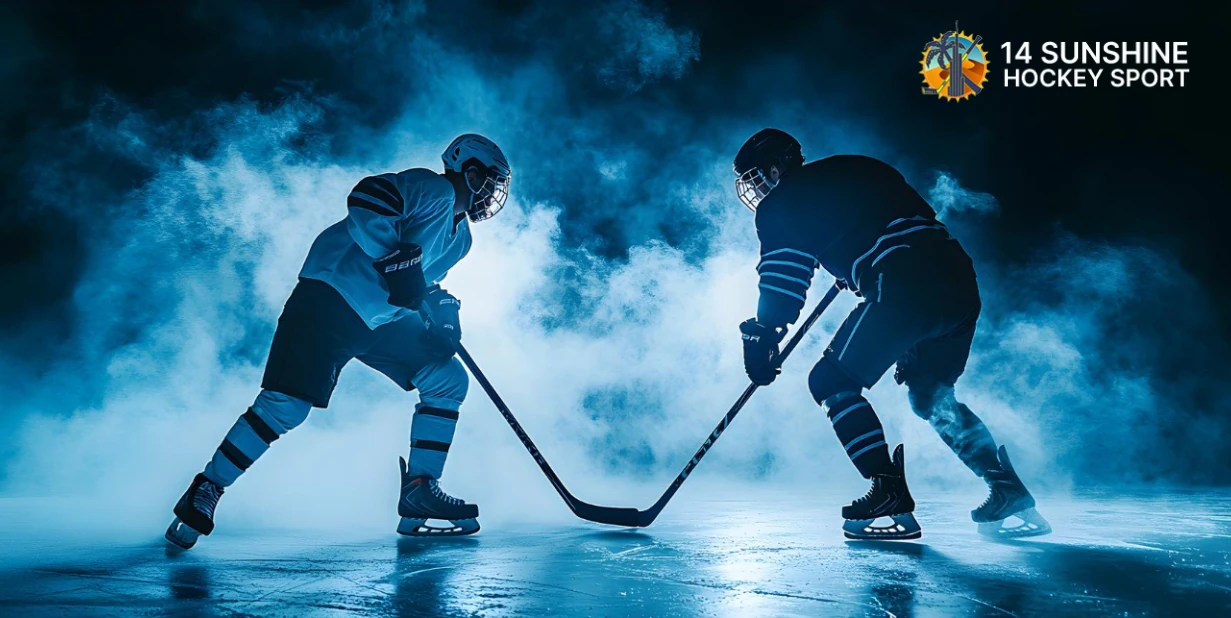
4. Starting Play: Face-offs
A face-off begins each period and restarts play after a stoppage. The referee drops the puck at center ice, and two players from each team try to win possession of the puck by using their sticks to battle for it. Face-offs are an integral part of ice hockey strategy, and the player who wins the face-off often dictates the next move of the game.
5. Periods and Time
A standard ice hockey game consists of three 20-minute periods with breaks between them. The clock stops whenever the play is interrupted, for example, after a goal is scored, when the puck is out of play, or when a penalty occurs. If the game is tied at the end of regulation, it can go into overtime or a shootout, depending on the league’s rules of ice hockey.
6. Offside and Icing
Two critical rules that beginners often struggle with are offside and icing.
- Offside: A player is offside if they enter the opponent’s zone (across the opponent’s blue line) before the puck. To avoid being offside, the puck must always enter the opponent’s zone first. If a player is offside, the play is stopped, and the puck is brought back to the neutral zone for a face-off.
- Icing: Icing occurs when a player shoots the puck from their side of the red center line all the way across the opponent’s goal line, without the puck being touched. When this happens, play is stopped, and a face-off is conducted in the defending team’s zone.
7. Penalties: Staying Out of the Box
Penalties are an important part of ice hockey. Players can be penalized for a variety of offenses, which results in them being sent to the penalty box for a specified time. Common penalties include:
- Slashing: A player hits an opponent’s stick or body with their own stick in a forceful manner.
- Tripping: A player uses their stick, body, or skate to trip an opponent.
- Hooking: Using a stick to hook an opponent’s body or stick to stop them from skating.
- Interference: Impeding the movement of an opponent who doesn’t have the puck.
- High Sticking: A player’s stick makes contact with an opponent above the height of their shoulders.
When a player is in the penalty box, their team plays with one fewer player, making them vulnerable to the opposing team’s attack. This is called a power play for the team that has the extra player. Conversely, the team with fewer players is said to be “short-handed.”
8. Power Plays and Penalty Kills
A power play occurs when one team has a numerical advantage because an opponent is serving a penalty. The team on the power play has the opportunity to score, as they have one extra player on the ice. A penalty kill is when the team with fewer players tries to prevent the opposing team from scoring while they are on the power play, according to rules of ice hockey.
9. Scoring a Goal
A goal in ice hockey is scored when the puck fully crosses the goal line between the two posts of the net. The play is then stopped, and the score is updated. However, goals can be challenged if there’s a potential violation like goalie interference.
10. Goalkeeper’s Role
The goalie has one of the most important roles in the game. They wear more protective equipment than any other player, including leg pads, a chest protector, a helmet with a cage or mask, gloves, and a blocker to stop the puck. The goalie uses a variety of techniques, including stopping the puck with their body, stick, or gloves, to keep the puck from entering the net.
11. Equipment and Safety
The players’ equipment is designed to protect them during the physical play of the game. Essential gear includes:
- Helmets: Mandatory for all players to protect their heads from injuries.
- Shoulder Pads and Elbow Pads: These protect the upper body from checks and falls.
- Gloves: Players wear gloves to protect their hands while still being able to handle the stick.
- Skates: Special ice skates allow players to glide swiftly over the ice.
- Pads and Guards: For the lower body, including shin guards, knee pads, and protective shorts.
Players are encouraged to wear mouthguards, neck guards, and other safety equipment to further minimize the risk of injury.
12. Basic Strategies
Now that you know the rules, it’s time to explore some basic strategies:
- Forechecking: A strategy used by the offensive team to put pressure on the defending team in their zone, hoping to force a turnover and create scoring chances.
- Backchecking: When players from the offensive team skate back toward their own goal to help defend and prevent the opponent from scoring.
- Power Play/Penalty Kill Strategies: Teams use specific strategies for these situations to maximize their chances of scoring (on a power play) or defending (on a penalty kill).
13. Understanding the Game’s Flow
Ice hockey is a fast-moving sport, and the pace is one of the most exciting parts of the game. The flow of the game can change rapidly, with sudden bursts of offense and defense. Players are constantly shifting between playing with the puck and defending, and the game often changes in an instant due to a turnover, a breakaway, or a spectacular goal.
Final Thoughts
Ice hockey may seem intimidating at first, but with a bit of understanding, it becomes a thrilling and enjoyable sport. Whether you’re a player or a spectator, knowing the basic rules and how the game flows will make your experience much more enjoyable. Remember, the more you watch and play, the more you’ll understand the intricacies of the game.
If you’re ready to get into the game, whether you’re buying your first set of skates or upgrading your equipment, head to 14 Sunshine Hockey Sport, your one-stop-shop for all things hockey. With top-quality products and expert advice, we’ve got everything you need to get started and enhance your game.



